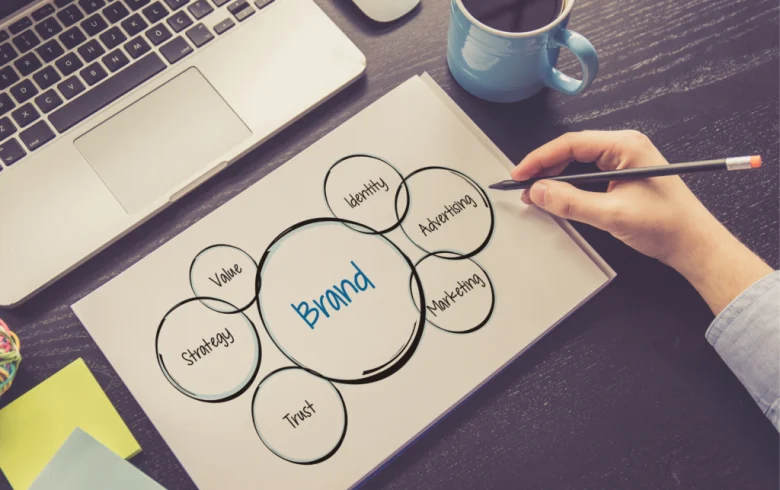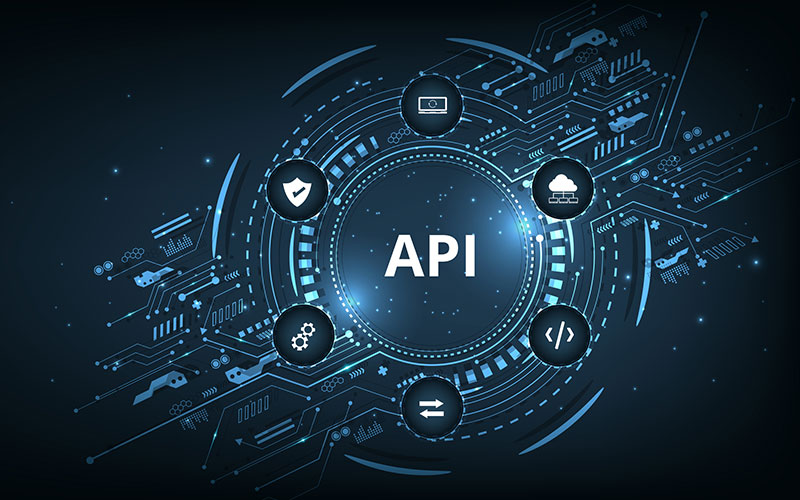In the ever-evolving world of business, one constant remains—branding identity is crucial to a company’s success. In this comprehensive guide, we will explore what branding identity means and offer practical steps to develop a compelling and effective one for your business. Whether you’re running a lead generation agency, a digital marketing firm, or a company specializing in mobile app development in New York, your brand’s identity shapes how people perceive and interact with your business.
More Information
Understanding the Brand Identity Prism and Its Role in New York, USA
What Is Branding Identity?
Branding identity refers to the visual and conceptual elements that represent a brand. It includes everything from your logo, colors, fonts, and website design to the tone of voice used in your marketing materials. Essentially, it’s the way your business presents itself to the world and how it wants to be recognized by consumers.
Branding identity is not just about what your company looks like; it’s about how you convey your mission, values, and vision. It’s the foundation of all digital marketing efforts, whether you’re running social media campaigns or developing a new product. A strong branding identity ensures your business stands out in the crowded marketplace, establishes trust, and fosters customer loyalty.
Why Is Branding Identity Important?
Your branding identity acts as the face of your business. It’s the first thing people notice and what they will remember you by. A well-developed branding identity can help you:
- Establish a consistent presence across all channels (website, social media, packaging).
- Differentiate from competitors.
- Build credibility and trust with your audience.
- Create an emotional connection with consumers.
- Improve brand recognition, leading to long-term customer loyalty.
In today’s digital-first world, companies specializing in web design and development services, ecommerce web development services, and video animations need a strong, cohesive brand identity to compete effectively. With the right branding identity, your business can attract more customers and increase conversion rates.
Key Components of Branding Identity
To develop a great branding identity, it’s essential to understand its core components:
1. Logo Design
Your logo is the most recognizable element of your brand identity. It’s a visual representation of your company and should reflect your brand’s values. A well-designed logo is simple, memorable, and versatile enough to be used across different platforms.
2. Brand Colors
Color plays a significant role in shaping consumer perceptions. Each color evokes different emotions, so choose a palette that aligns with your brand’s personality. For example, blue is often associated with trust and professionalism, while red conveys energy and passion.
3. Typography
The fonts you use for your branding materials should be legible and aligned with your brand’s tone. Whether you opt for modern sans-serif fonts or classic serif styles, consistency across all platforms is key.
4. Brand Voice
Your brand voice is how you communicate with your audience, both in writing and in spoken interactions. It should reflect your company’s values and resonate with your target audience. A friendly, approachable brand might use casual language, while a more professional firm could adopt a formal tone.
5. Website and Digital Presence
A company’s website is often the first touchpoint for potential customers. Therefore, it must reflect your branding identity. Businesses offering web design and development services should ensure that their online presence is cohesive, engaging, and user-friendly. Your website should also be optimized for mobile, as more consumers are using smartphones to browse and shop.
Steps to Develop a Great Branding Identity
Now that we’ve covered the basics, let’s dive into the steps to create a branding identity that aligns with your business goals and resonates with your target audience.
Step 1: Define Your Brand Strategy
Before diving into the creative aspects, you need to define your brand strategy. This includes identifying your mission, vision, and values. Ask yourself:
- What is the purpose of my business?
- What values drive my company?
- How do I want customers to perceive my brand?
Answering these questions will help you craft a clear brand strategy, which is the foundation of your branding identity. Whether you run a lead generation agency or provide mobile app development in New York, having a solid strategy will guide your branding efforts.
Step 2: Understand Your Audience
Your branding identity should be designed with your audience in mind. Conduct market research to understand your target demographic’s needs, preferences, and pain points. Consider their age, gender, income level, and interests, and tailor your branding elements to appeal to this specific group.
Step 3: Develop Visual Elements
Now comes the creative part. Start by designing your logo, selecting your brand colors, and choosing fonts that align with your brand strategy. If your business offers video animations or ecommerce web development services, ensure that your visual branding can easily adapt to various mediums, including digital and print.
Step 4: Create Consistent Messaging
Your brand’s message should be clear, consistent, and aligned with your overall strategy. This includes the tone and voice used in social media posts, email newsletters, and other marketing materials. Consistency is key to building a strong brand identity. For instance, if you’re a digital marketing firm, your messaging should consistently convey how your services can benefit clients.
Step 5: Establish Brand Guidelines
Brand guidelines are a set of rules that ensure consistency across all your branding elements. They include instructions on how to use your logo, colors, fonts, and tone of voice. These guidelines ensure that everyone on your team and any external partners understand how to present your brand to the world.
Step 6: Implement Your Branding Across All Channels
A strong branding identity should be present across all your touchpoints—your website, social media profiles, physical products, and marketing materials. Whether you’re offering web design and development services or mobile app development in New York, your branding should be cohesive across all platforms.
Branding Identity in the Digital Age
In today’s digital era, having a robust online presence is crucial for building a successful brand. With the rise of ecommerce web development services and digital marketing, businesses need to adapt their branding identity to fit a wide array of platforms, from websites and social media to video content and mobile apps.
Importance of Digital Marketing in Building Branding Identity
Digital marketing plays a significant role in shaping your branding identity. By utilizing SEO, content marketing, and social media, businesses can reach a broader audience, promote their brand, and build a loyal customer base. For example, a lead generation agency can use digital marketing to drive traffic to its website and convert visitors into clients. Similarly, a company offering ecommerce web development services can use digital campaigns to promote new product launches and sales.
Leveraging Video Animations for Branding
Video animations are becoming increasingly popular for businesses looking to create engaging content. They are a powerful tool for explaining complex concepts, telling brand stories, and connecting emotionally with your audience. Incorporating video animations into your branding strategy can significantly enhance your brand’s appeal, making it more dynamic and interactive.
The Role of Mobile Apps in Branding Identity
With the rapid growth of mobile technology, having a mobile app development strategy has become a necessity for many businesses. Mobile apps offer a unique opportunity to extend your branding identity beyond your website. Whether your app is designed for ecommerce or customer engagement, it should reflect the same branding identity as your website and other digital platforms.
Common Mistakes in Developing Branding Identity
Building a branding identity can be challenging, and many businesses make mistakes along the way. Here are some common pitfalls to avoid:
- Inconsistency: Failing to maintain consistency across platforms can confuse your audience and dilute your brand identity.
- Neglecting the Audience: Focusing too much on aesthetics and forgetting to cater to your target audience can result in a brand that doesn’t resonate.
- Overcomplicating the Design: A complicated logo or unclear messaging can make it difficult for customers to connect with your brand.
How Web Craft Pros Can Help
At Web Craft Pros, we specialize in creating robust, effective branding identities for businesses of all sizes. Whether you’re a lead generation agency, a digital marketing firm, or a company specializing in ecommerce web development services, our team can help you build a compelling and cohesive brand identity.
We offer a wide range of services, from web design and development services to mobile app development in New York, to help bring your brand to life. Our goal is to craft a branding identity that not only looks great but also drives business results.
Conclusion
Developing a great branding identity is a crucial step for any business looking to make an impact in today’s competitive marketplace. By understanding the key components of branding identity and following the steps outlined in this guide, you can create a brand that resonates with your target audience, builds trust, and drives long-term success. Whether you’re a startup or an established company, partnering with professionals like Web Craft Pros ensures your branding identity stands out from the crowd. Contact today to get started!









